According to Yogic texts, the benefits of Nvasana lie in Hatha yoga or Kundalini Yoga, as it is known for its energy balancing. In classical scriptures of Yoga, such as the Gheranda Samhita, it is not mentioned by its exact name; there are different variations in the name and slight variations in the method of performing.
It is known as energy-balancing yoga in Hatha Yoga Pradipika. It is grouped in the stable postures category, which is also known as the Sthir Aasanas. Another benefit is to tone the abdominal region and work on the navel region or Nabhi Chakra, which is a rare benefit if any other Aasana.
What is Navasana?
There is no particular definition in ancient texts for Navasana or boat pose; it is one grouped under Sthir Aasana. The other symbolic meaning of the boat pose is simplified as: “Vehicle that takes a yogi across the sea of the world”. It clearly defines its importance in the kundalini yoga. Another important aspect is emphasising the intestinal fire (jathraagni), which means it is directly involved in increasing the metabolic rate.

According to modern yogic texts, Boat pose helps maintain a continuous will power, which is related to the intestine and also to the mind of a person. Manipura chakra, known as lying in the navel region, and Navasana work on the core of the abdomen, so ultimately working on its awakening.
How to Perform Navasana?
In this asana, there is a need for a yoga strap around the feet. The second most important thing is engaging the core of your abdomen. It will only work when these two key steps are involved in the boat pose. Simple tips include using a Yoga mat, which should be performed on an empty stomach. The spine should be lifted long during this pose. Here are the simple steps to perform navasana:
- Sit on the yoga mat, with your legs extended in front of you, and your palms resting and pressing the floor.
- The spine should be straight, looking like a tall stretch.
- Now, slightly bend your knees and put your feet flat on the mat.
- With lifted chest and straight spine, lean back without collapsing.
- Now, this is the step to engage your core and lift up your feet until it became parallel to the floor.
- Balance your sit bones in this procedure.
- Now, stretch your arms parallel to the floor and palms facing each other.
- Avoid rounding your shoulders; try to maintain your posture.
- If you are comfortable in this position, then make a “v” with your legs; your hamstrings should be strong for this position.
- Keep your toes in line with your eyes in this position; it is a complete posture now.

You have to remain still in this posture for 15-30 seconds. Keep chest open, core engaged, and back straight, breathe slowly and deeply in a pace. When you release this asana, exhale and slowly lower your arm and legs. Come in Dandasaan position again.
Related Post:- 7 Stages of Kundalini Awakening
What are all the Possible Benefits of the Navasana?
Navasana, which is also known as the “Naukasana” in different texts, has numerous benefits. The posture makes it possible for Yogi to remain seated or standing in a position for a long time. This pose strengthens muscles, engages legs and core. It is also known for its effects on the Manipura Chakra and digestion. The prominent benefits of the Navasana are:
- Known as the sthir asana or stable pose.
- Increases focus and concentration of the brain.
- Voluntary control over the body increased.
- Works on the awakening of Manipura chakra.
- Helps in the stimulation of visceral organs and stimulates better digestion.
- Increase will willpower of the abdominal muscles and work on the determination of the mind.
- Best for spine health and related issues.
- Increases the metabolic rate of the whole body, also maintains intestinal fire, which is known as “Jathragni”.
- In the last, endurance for spiritual life increased automatically with the practice of this yogasana.
Read Also:- Meru Vakrasana or Spinal Twist

Contraindications of Navasana or Boat Pose
If you are a beginner in Yoga, then don’t try too hard; you can also bend your knees. Beginners and people with injuries have weak muscles, which may disbalance the posture. Here are some keys to practising this posture in a better way and tips who can not practice it:
- A person with a leg or spine injury should avoid this.
- Pregnant women and heart patients should avoid this asana.
- Hernia, abdominal injury, and peptic ulcer patients should also avoid this.
- Patient of piles, neck issues and fresh surgery are also contraindication.

Summary and Insights
Navasan is also known as Naukasana or boat pose in English, is a powerful pose engaging the whole core of the body. Helpful in improving the functions of the entire abdomen, and it works on the spine too. Contraindications are injury, heart conditions, hernia, pregnancy, ulcer, and piles. You can also contact to Acharyas of Om Shanti Om Yoga centre for guidance related to other yogic poses.

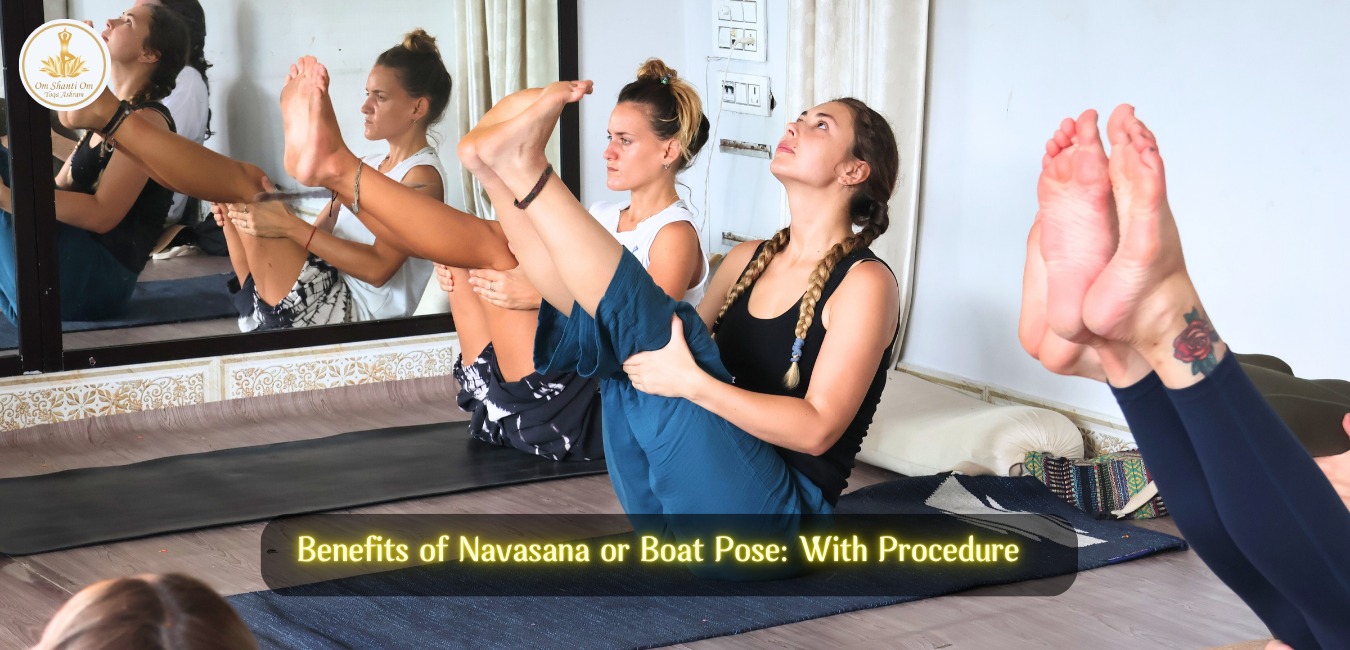







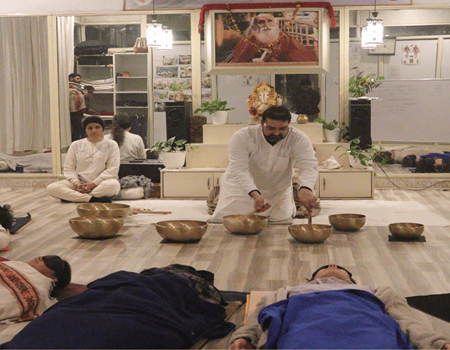

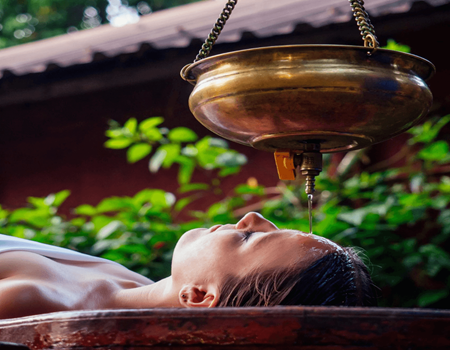
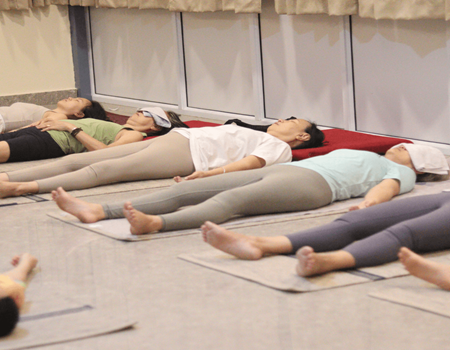
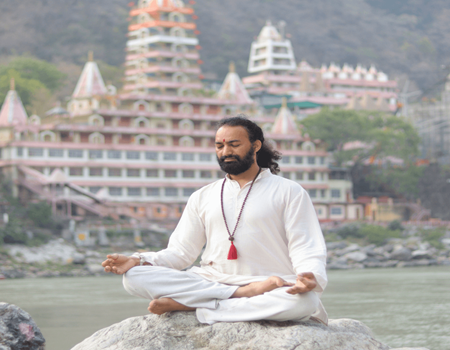

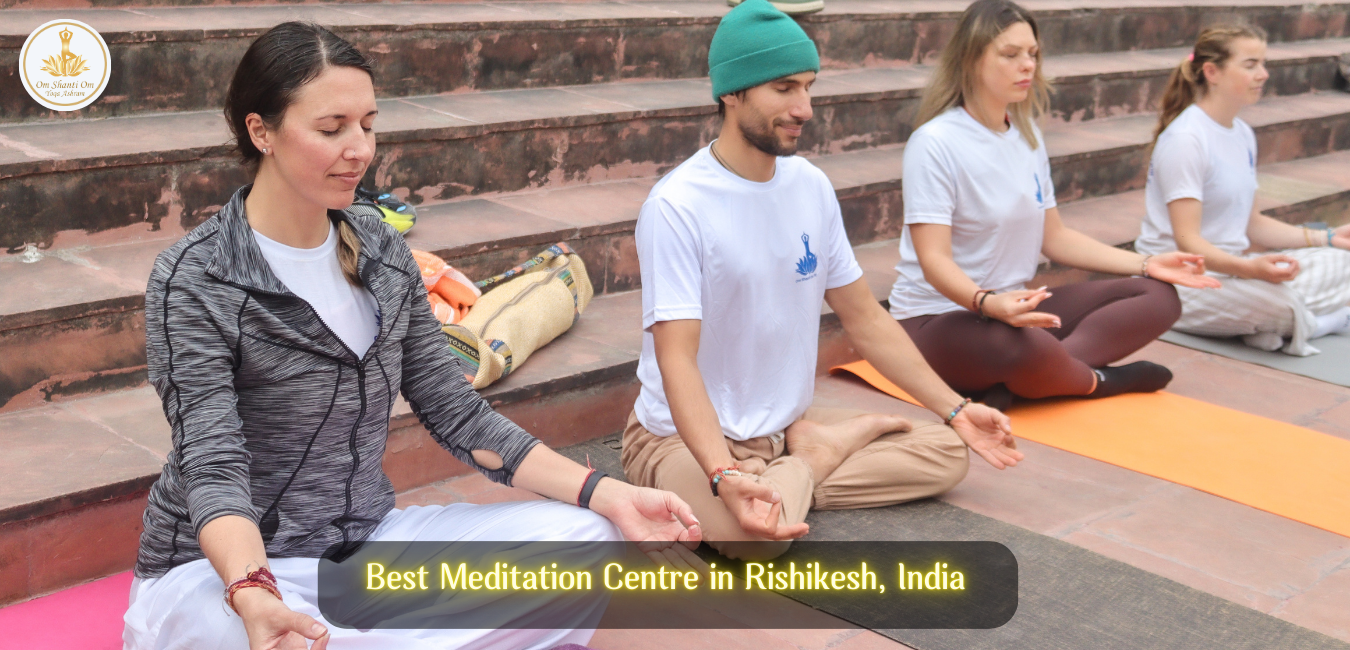

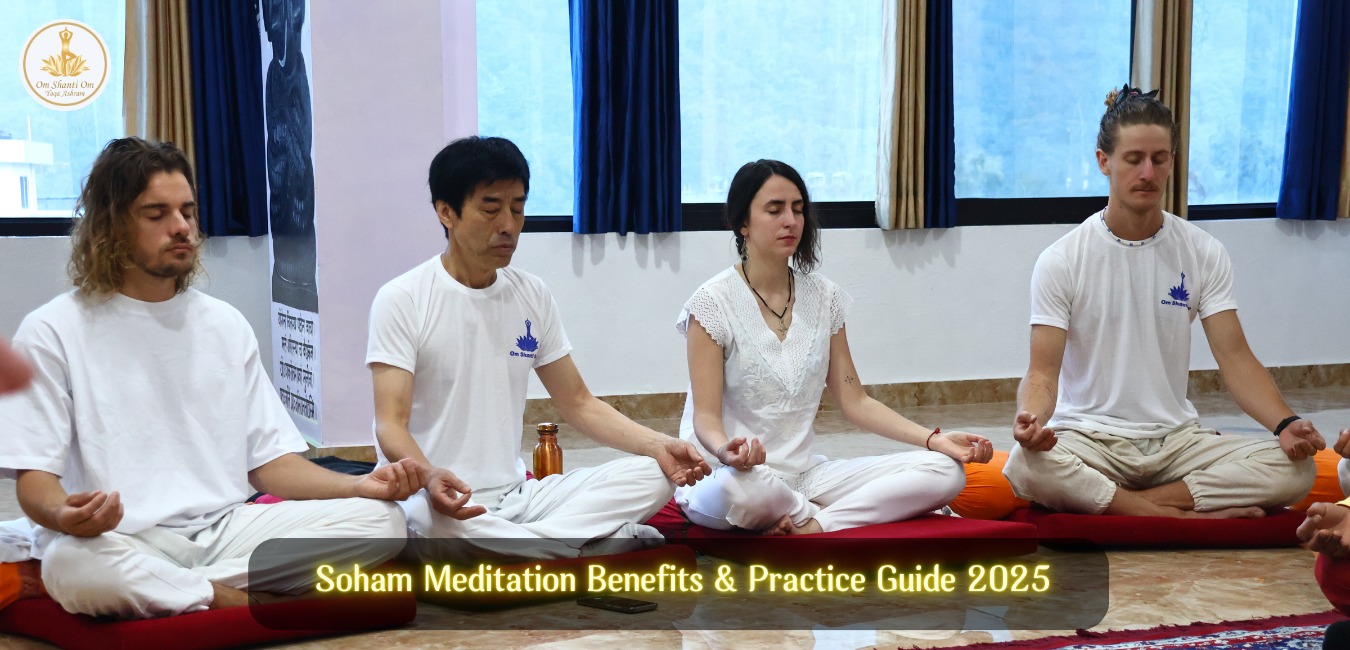

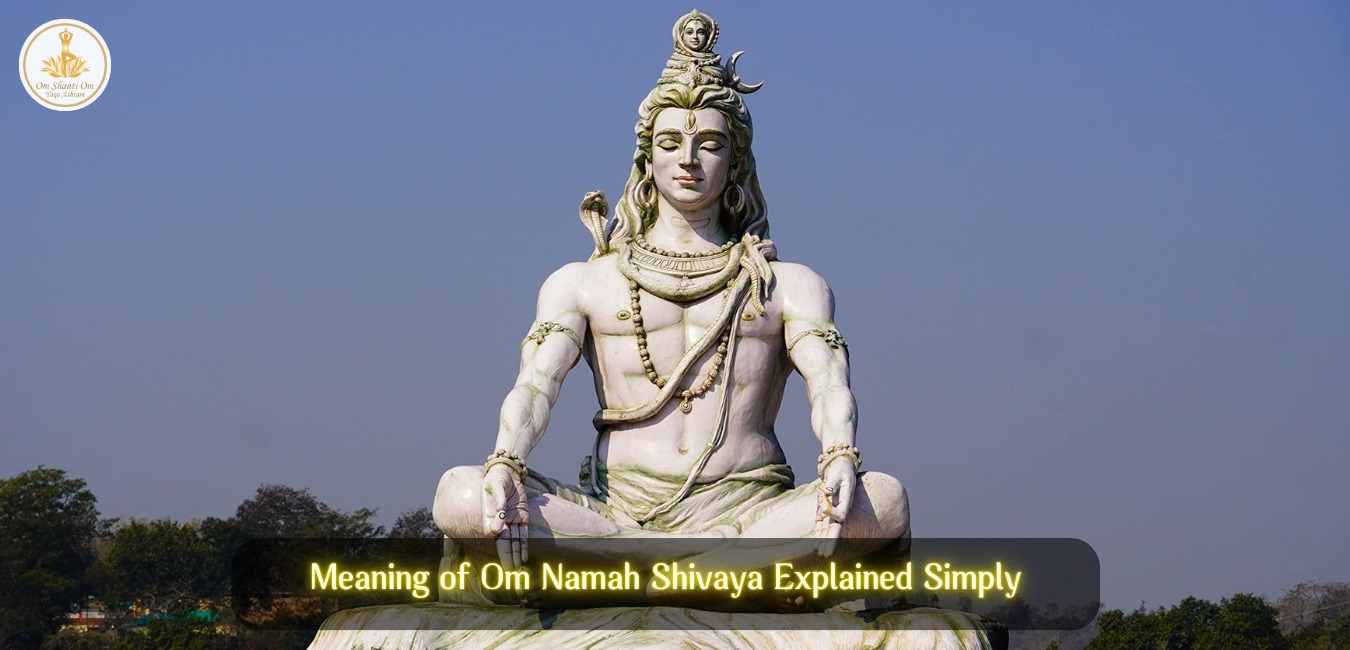
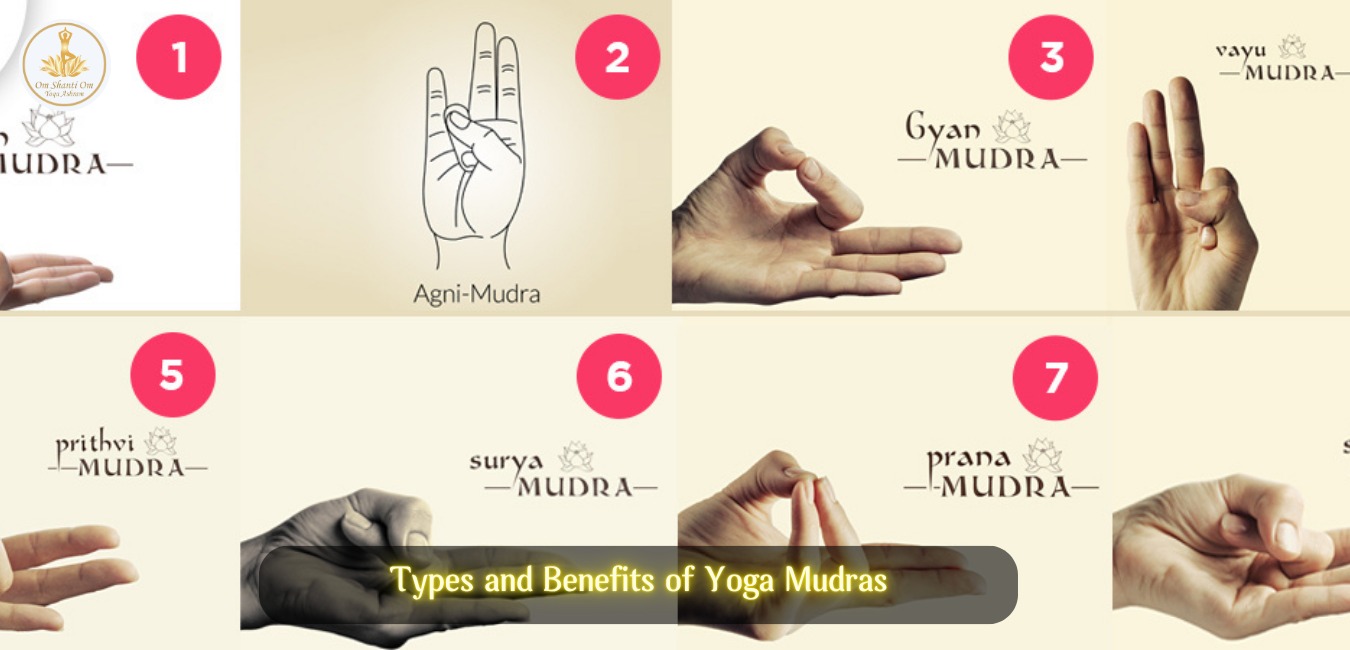
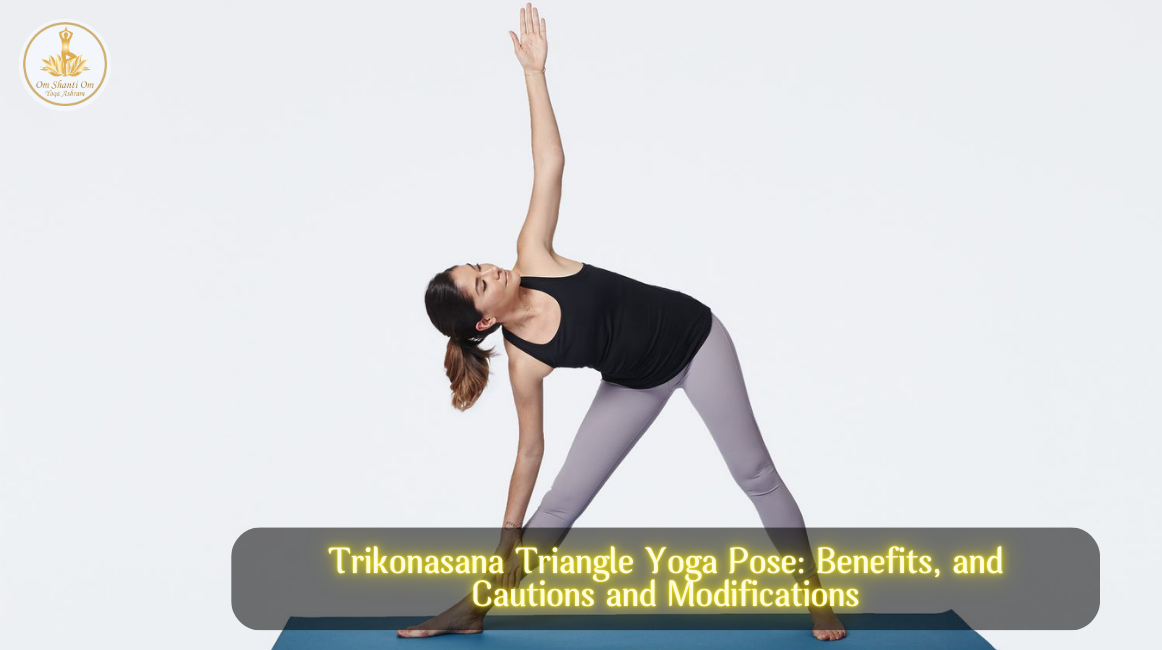


0 Comments
No comments yet. Be the first to comment!